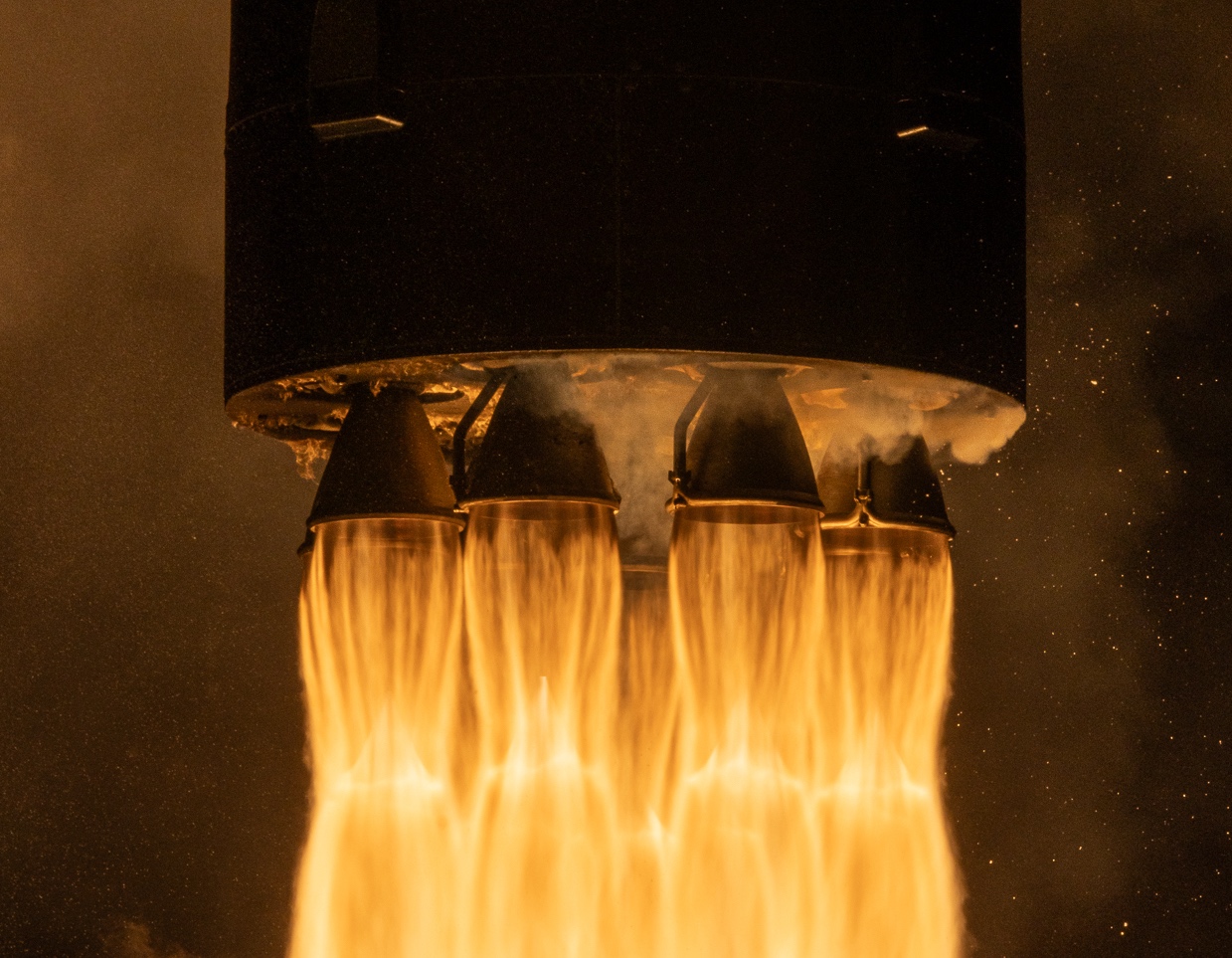Products You May Like
LOS ANGELES — Rocket Lab launched the first of two NASA Earth science cubesats on an Electron rocket May 25, exactly seven years after the company’s first launch.
The Electron lifted off from Rocket Lab’s Launch Complex 1 in New Zealand at 3:41 a.m. Eastern after a brief hold because of ground winds. It placed into a 525-kilometer sun-synchronous orbit a 6U cubesat that is part of a NASA mission called Polar Radiant Energy in the Far-InfraRed Experiment or PREFIRE.
NASA announced it made contract with the PREFIRE cubesat five hours after liftoff, starting an in-orbit checkout of the satellite. It will be joined by a second, identical cubesat launched on another Electron. Both NASA and Rocket Lab said that launch will take place in the “coming days” but did not provide a specific date. NASA previously said it planned to launch the two cubesats no more than three weeks apart.
The two PREFIRE cubesats, operating in different sun-synchronous orbital planes, each carry a thermal infrared spectrometer. The spacecraft will measure the infrared emissions at the poles, filling in gaps in data about those regions that can be used to improve climate models.
“This will improve prediction of sea ice loss, ice sheet melt and sea level rise, creating a better understanding of how our planet’s system will change in the coming years,” Karen St. Germain, NASA Earth science division director, said in a statement, “crucial information to farmers tracking changes in weather and water, fishing fleets working in changing seas and coastal communities building resilience.”
NASA emphasized its use of commercial technologies in both the launch of the satellites as well as their use of cubesat technologies. NASA selected PREFIRE in 2018 at part of its Earth Venture line of instruments and missions with a cost cap of nearly $33 million.
“The PREFIRE cubesats may be small, but they’re going to close a big gap in our knowledge about Earth’s energy budget,” said Laurie Leshin, director of the Jet Propulsion Laboratory, the center managing the mission, in the NASA statement.
The launch was the sixth this year for Electron and the 48th overall for the small launch vehicle. It took place seven years after the first Electron launch, which failed to reach orbit because of a problem with ground equipment that triggered the rocket’s flight termination system.
“Missions like PREFIRE demonstrate the unique benefit of Electron: dedicated launch for small satellites to precise orbits on precise schedules,” Peter Beck, chief executive of Rocket Lab, said in a statement.
Rocket Lab had been forecasting as many as 22 Electron launches this year, including two of a suborbital version called HASTE. In a May 6 earnings call, though, the company said the company will likely fall short of 22 launches because of what Beck called “a game of manifest whac-a-mole” as customers delay delivery of spacecraft.
“It’s just super hard to predict as the customers move around,” he said when asked how many Electron launches the company now expected to carry out in 2024. “But I think it’s fair to say that, at this point, we’ll struggle to achieve 22, but we have line of sight for probably a couple of less than that.”
